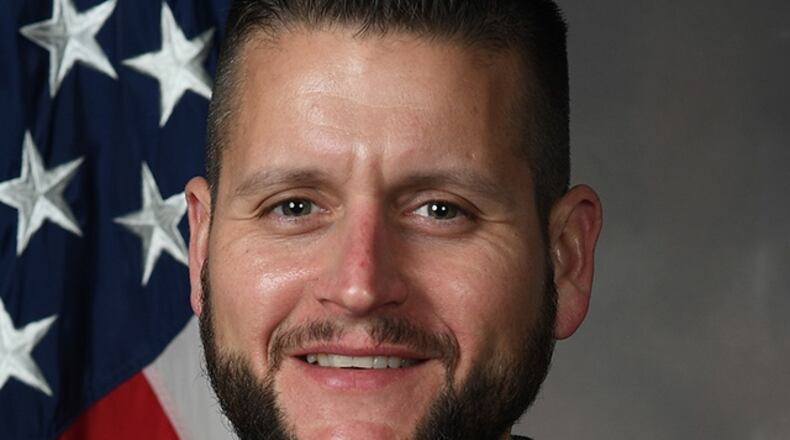From the time you raised your right hand and took the oath of office or enlistment, you became an Airman in the U.S. Air Force. Whether you are an officer, enlisted, civilian, reservist or guardsman, we are all taught: Leadership occurs at all levels.
This can be a difficult concept for a new recruit, in only the beginning stages of basic training, to grasp. Let me explain further.
A resilient leader is one who accepts failure as a temporary setback; simply put, it’s a learning opportunity.
Thomas Edison was once asked, “How did it feel to fail 1,000 times?” He replied: “I didn’t fail 1,000 times; the light bulb was invented with 1,000 steps.”
Resilient leaders maintain a positive attitude and seek opportunity in times of turbulence. They discover and find ways to move forward and avoid being stuck when facing uncertainty by using the power of positivity.
Steps to resilient leadership
1. Self-leadership: It is imperative to understand that one must learn to lead themselves before they can successfully lead others. High-performing individuals require emotional, mental, physical, social and spiritual fortitude to motivate self and others toward goal accomplishment and mission success.
Imprisoned 27 years for violent, anti-apartheid resistance, Nelson Mandela mastered the art of self-leadership and walked out of confinement as an advocate of peace and reconciliation. He took great inspiration from the short poem “Invictus,” by British poet William Ernest Henley, which closes: “I am the master of my fate: I am the captain of my soul.”
2. Communication: We often act without informing others of our intentions. Resilient leaders are truly transparent and can clearly communicate their goals, objectives and purpose.
Imagine driving in a world with no signage, navigation system or signaling devices on our vehicles. Sounds like a recipe for a 5 billion-car pileup.
Effective communication helps others understand direction, strategy, expectations and navigate change.
3. Connectedness: Building and maintaining relationships requires trust and an openness to the diverse differences in all of us. Resilient leaders are able to create strong teams and foster leadership and followership at all levels by harnessing the strengths and values in each of us. They are open to feedback from teammates and establish an environment where it is given freely.
Humility and being coachable are crucial attributes to continuously improve skills and abilities. This environment facilitates a leader’s ability to recognize stress in others and permits sincere, honest engagement and discussion.
4. Coping with stressors: To keep hope, we must learn to cope. Stress is commonly deemed to have a negative effect on our overall physical and mental health. Partly true, but ultimately, it is how we react (both physically and emotionally) to stress that influences our health.
Stressors energize our fight, flight or freeze response, and this has maintained our survival mechanisms throughout human history. Resilient leaders recognize the importance of stress management to ensure they are “fit to fight” and can take purposeful, decisive action.
Getting enough sleep, eating nutritional meals, having a routine while maintaining flexibility, physical exercise, positive bonding, doing for and developing others, and laughing are a few examples of how great leaders combat stress.
5. Positive mindset: The foundation of resilient leadership is the power of positivity.
As mentioned above, our brains are hardwired to react to stressors. Think about the last time you delivered a speech or briefing. What did your internal self-evaluation (self-talk) sound like? Did you nitpick all the little mistakes, or did you commend yourself for an excellent, accurate, articulate delivery?
We often tend to focus on life’s negative nuances because it is easier.
Developing a daily routine of looking for the good is difficult, especially in the tumultuous times we face. However, resilient leaders know and understand the power of a positive mindset.
Plasticity is a fancy word that describes our brain’s ability to grow, in an intellectual and innovative way, by creating thousands of connections to the billions of neurons housed in that muscle between our ears. Emotional bonds with our fellow humans, active curiosity and deliberate gratitude are the gateway to creating these connections, improving your brainpower and living a positive life others will want to emulate and gladly follow.
No matter your rank or grade, remember that leadership occurs at all levels. Take these five steps, and you are well on your way to becoming a resilient leader.
About the Author
